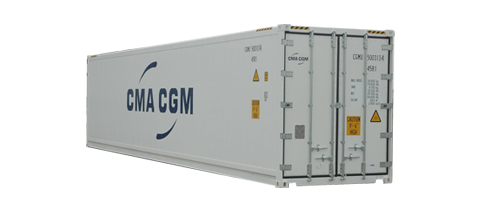
Free Download 20 Iso Tank Container Dimensions Programs To Download
Containers offer a shipping method for small businesses that reduces theft, keeps the shipping load traveling together as a unit, and minimizes the likelihood of losing part of the cargo when shipped in large boxes. Intermodal transportation using containers also allows the load to move easily from ship to train and then to trucks to reach the final destination.
可能感兴趣: najti polzovatelya nomeru telefona AM20G9 otslezhivanie_kitajskih_posylok_dzhum_v_rossii_po_ nomeru _K425GU.exe [磁力链接] 软件 创建时间: 2018-07-03 文件大小: 1.21 MB 文件数量: 1 下载热度: 2 最近下载: 7个月前. Roum ru najti cheloveka po nomeru telefona en.
Business owners using container transportation must estimate the cargo size to select the matching container for the load and determine how to pack the load to meet the shipper's requirements while making the most of container space. Identify the cubic feet of the boxes included in the cargo load by multiplying the length by the width by the height for each of your box sizes (length x width x height). If all cargo uses the same size box, this simplifies the calculations. Multiply the total number of boxes in each size to determine the total cubic feet for the boxes. Loads using a variety of box sizes require the measurements and math calculations using the multiplication formula for each box to determine the cubic foot measurement.
After completing the calculations for the boxes, add the figures for all box sizes to determine the total cubic measurement of the entire box load. Identify the cubic feet total for the unstructured sacks in the load by using the measurements to multiply the length by the width by the height to determine the cubic feet for each sack. If all sacks have the same measurements, multiply by the number of sacks in the load. For varying size sacks, attempt to group like sizes to save time. If all the sacks in the load vary in size, do the calculations using the formula for each sack. Add the total of the cubic feet listed for each sack to determine the total for this part of the load. Warnings • Unless each shipping box, barrel or bag is weighed and packed by rigid specifications, weigh each container to determine the actual weight.
Aug 15, 1990 - 20. Photo collage creator 425 keygen. D Dimensions of grappler arm lifting areas. General purposes. Part 2: Thermal containers. Part 3: Tank containers for liquids, gases and pressurized dry bulk. Program Support Directorate, Marine Corps Systms Command, 2033. Allow free deflection of the side wall and its longitudinal members.
Estimating weights for the packages risks load weighs in excess of one container. Finding this out once the load is in the container means extra time and money to repack the load to meet the shipper's requirements for transit. • While most shippers use measurements in cubic feet, small businesses working with foreign shippers sometimes find the use of metric measurements easier when stuffing. Online metric conversion programs, many available without charge on the Internet, convert your cubic foot total to metric units. If you use your calculator to do the conversion, use one CBM metric unit to equal 35.31 cubic feet.